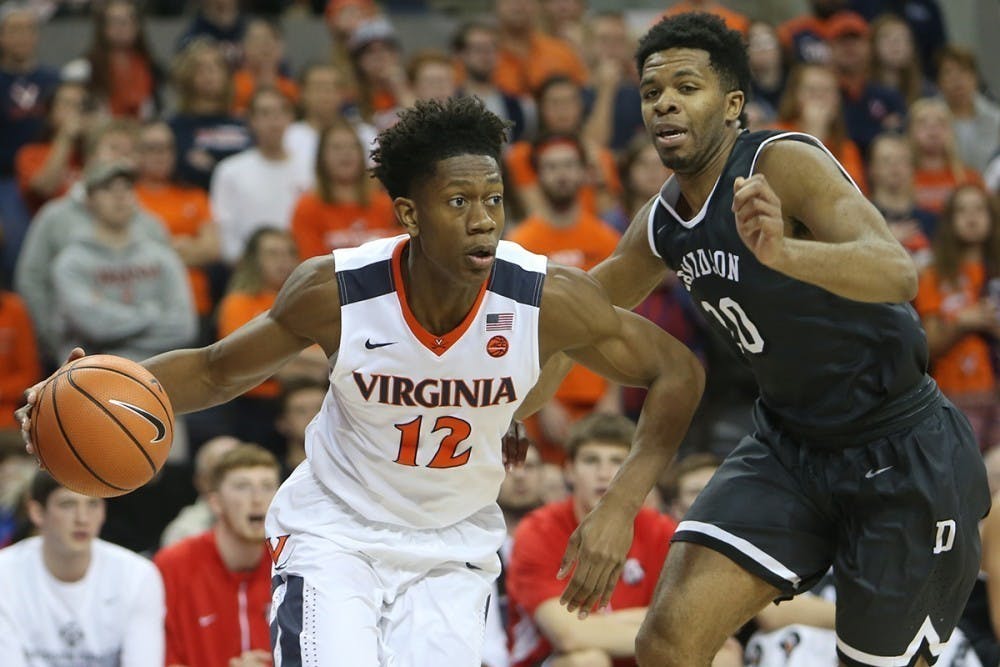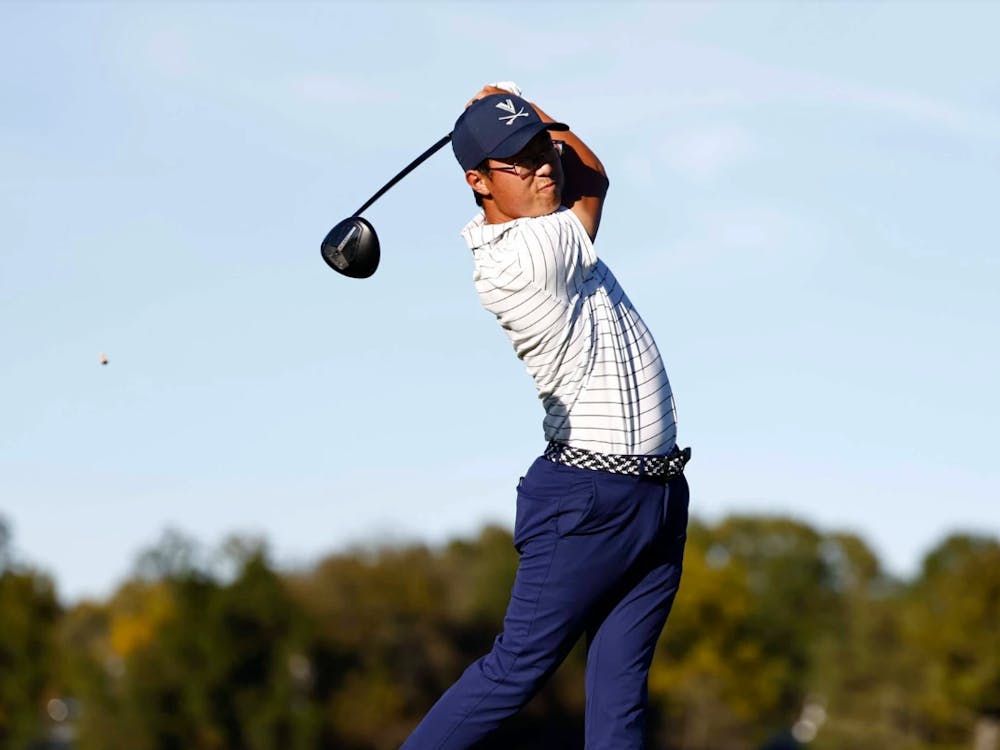Virginia men’s basketball has been unique within the landscape of dominant college basketball programs in the past decade. The Cavaliers are contrarians in their playing style — which favors defensive intensity and a slow pace — and in their lack of reliance on superstardom to fuel their success. Thus, as the world of college basketball prepares for a dramatic shake-up following the resurgence of prep-to-pro recruits — players who jump directly from high school to professional basketball — Virginia finds itself positioned better than the rest of its competition.
First and foremost, how did we even get here?
Prior to 2004, the National Basketball Association allowed players to skip college basketball and enter the NBA draft directly out of high school. Legendary players such as LeBron James, Kevin Garnett and Kobe Bryant followed this path to launch their professional careers. However, it was still a rare occurrence, as the current AAU system that molds amateur players into elite prospects was not as developed then as it is now.
After the NCAA and NBA agreed in 2005 to require a one-year minimum break between high school and entering the draft, college basketball became flooded with one-and-dones — student-athletes who play college basketball for one year to become eligible for the draft and subsequently leave college early to go to the NBA. Oftentimes, a one-and-done is expected to be a sought-after draft pick and will usually leave their program right after their freshman season ends to begin preparing for the NBA draft.
Players such as Carmelo Anthony, Kyrie Irving, Anthony Davis, Zion Williamson, Andrew Wiggins and Marvin Williams fulfilled what was more of a formality by playing one season in college for programs such as Kansas, Duke, Syracuse and North Carolina, which adapted their play to this revolving door of recruits. These programs became hotbeds for one-and-dones after proving to five-star recruits that they can quickly usher them to the next level.
The 2006 NBA Draft was the first draft after the one-and-done rule went into effect. Since then, all but two of the No. 1 overall selections have been one-and-done players — including every No. 1 pick since 2010. However, only select schools seem to benefit the most from this — of the 106 college freshmen drafted between 2010 and 2018, 46 of them played at either Duke, Kentucky or Kansas.
Clearly, these powerhouse programs have not just adapted to the trend of one-and-done players — they owe much of their success to them.
So, what changed?
The NBA has slightly reversed course on its policy against prep-to-pro recently, as the league’s development subsidiary — the G League — is now able to sign high school players to lucrative contracts worth hundreds of thousands of dollars under the promise of NBA-level coaching, training and development. The G League has already been successful in poaching star recruits from top-tier Division I programs.
Recently, McDonald’s All-Americans and consensus five-star recruits Isaiah Todd, Jalen Green and Daishen Nix signed with the G League in moves that are sure to cause rippling effects to programs that have spent almost two decades thriving off of one-and-done athletes.
With handsome financial security and access to professional resources, the G League is sure to attract other blue-chip talent in the years to come.
However, Virginia has never operated this way. When Coach Tony Bennett arrived in Charlottesville in 2009, the one-and-done era was well underway, but he built his program on a system rather than around stars.
Bennett knew that only a certain type of player would thrive in his program — one that would commit to a team-oriented style and skills development, sometimes at the cost of playing time. Throughout a tenure headlined by a national championship in 2019, multiple ACC titles and consistently high rankings in the polls, Virginia has never transformed into a one-and-done program.
The program’s most recent stars are the exact opposite of one-and-done players. Players like Malcom Brogdon, Justin Anderson, Ty Jerome, Kyle Guy and De’Andre Hunter were among the highest-rated recruits that Bennett brought to Virginia — and each of them stayed at least three years. A player of Hunter’s caliber redshirting his first year, coming off the bench his second year and eventually becoming the fourth overall pick in the 2019 NBA Draft is remarkable. However, his story is not an anomaly at Virginia because Bennett’s biggest pitch to recruits is the chance — and expectation — of player development.
This has translated into professional success too — a testament to effectiveness of Bennett’s system. Players like Brogdon, Anderson and Joe Harris have already succeeded in the NBA — Brogdon won the 2017 Rookie of the Year Award while Anderson and Harris are among the most efficient role players in the league. With Hunter, Guy and Jerome entering the professional fold this past season, players that were once exceptions for staying in college for three or four years are now building Virginia’s reputation as a pipeline of successful NBA players.
Players like Hunter and senior forward Jay Huff would have been surefire starters at any other program the moment they stepped on campus. Bennett’s promise of physical and mental player development, however, has been proven to such a degree that recruits who are open to coaching thrive at Virginia — see junior guard Kihei Clark for a perfect example.
One-and-dones won’t entirely fade away with the NBA’s new policy — there will still be the allure of media attention that comes with playing at a nationally recognized program, and players may deem a year of college basketball as their best chance at achieving their professional goals.
However, with enough players foregoing college basketball and going directly to the professional level, the system that propelled top “blue blood” programs such as Duke, Kentucky and Kansas is on its way out. Even if only a handful of the highest-rated recruits choose this option, the new status quo of college basketball is going to cause a shake-up that some of these perennial powerhouses may not be ready for.
At the very least, coaches will need time to put together better development programs, change their recruiting angle and manage their limited scholarships differently. Virginia is already built for this new status quo, and Tony Bennett’s contrarian style among the best basketball schools in the country will serve as the model that other schools will need to catch up to.
The new era of college basketball is here, and Virginia already has an early lead.







